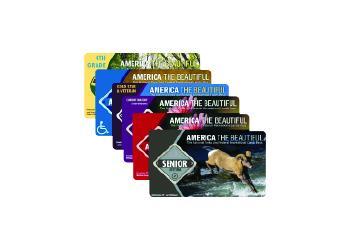Welcome to Northern Region
The Northern Region manages 25-million acres of public lands across five states. Our 12 National Forests spread across North Idaho, Montana, northwestern South Dakota, and a sliver of northeastern Washington. The 4 National Grasslands of the Dakota Prairie Grasslands are in North Dakota and northwestern South Dakota. Come experience the best of your public lands!
Find a Forest
Mushroom Harvesting

Past wildfires bring with them the possibility of bumper mushroom crops!
Find out more about harvesting mushrooms across the Northern Region national forests and grasslands and explore our mushroom hunter helper interactive map.
Rent a Room with a View

The Northern Region is home to rental cabins and lookouts across Montana and Northern Idaho. Which one will you visit next?
Interagency Recreation Passes

Interagency recreation passes provide access to recreation sites managed by several Federal agencies.



